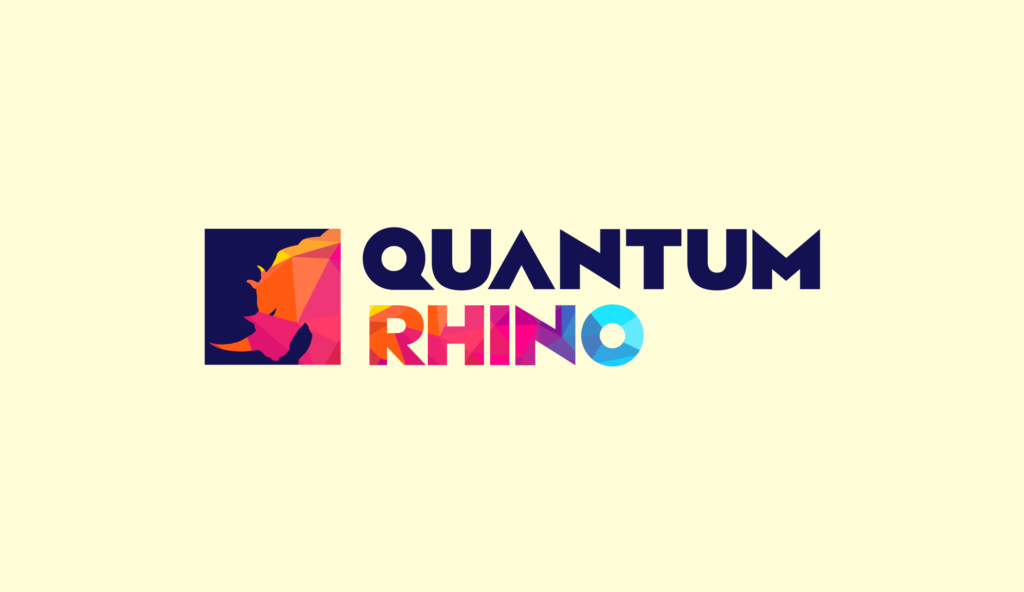Blockchain & NFT Development is at the forefront of a digital revolution that’s changing how we interact with the online world. The advent of Non-Fungible Tokens (NFTs) has brought about a seismic shift in digital ownership and creativity, but it’s the underlying blockchain technology that’s driving this transformation. Whether you’re a developer, an investor, or just a curious mind, understanding how blockchain is revolutionizing the NFT space is crucial to grasping the future of digital assets.
What Exactly is Blockchain & NFT Development?
You’ve probably heard the buzzwords “Blockchain” and “NFT” thrown around a lot lately, but what do they really mean? At its core, blockchain is a decentralized digital ledger that records transactions across multiple computers. This technology is the backbone of NFT development, ensuring that each token is unique, verifiable, and secure. Through blockchain integration, we can create, buy, sell, and trade digital assets like never before.
NFTs, or Non-Fungible Tokens, are digital assets that represent ownership or proof of authenticity of a unique item or piece of content. Unlike cryptocurrencies like Bitcoin or Ethereum, which are fungible and identical to each other, NFTs are one-of-a-kind. This uniqueness is what makes them so valuable in the digital art, music, and gaming industries.
The Role of Smart Contracts in NFT Development

One of the most exciting aspects of blockchain & NFT development is the use of smart contracts. Smart contracts are self-executing contracts with the terms of the agreement directly written into code. They automatically enforce and execute the terms when certain conditions are met, without the need for intermediaries.
In the context of NFTs, smart contracts play a crucial role in tokenization, the process of converting an asset into a digital token on the blockchain. For instance, when an artist creates an NFT, a smart contract is used to determine the rules for ownership, transferability, and royalties. This ensures that the artist gets paid every time the NFT is resold, creating a more equitable system for creators.
The Intersection of NFTs and DeFi (Decentralized Finance)
DeFi, or Decentralized Finance, is another key component in the blockchain ecosystem that’s making waves in the NFT space. DeFi refers to a new financial system built on blockchain technology, which operates without traditional banks or financial institutions. Through DeFi platforms, users can lend, borrow, and trade digital assets like NFTs without the need for a central authority.
This intersection between NFTs and DeFi is opening up new possibilities for users. For example, you can use NFTs as collateral for loans on DeFi platforms, or even earn interest on your NFTs by lending them out. The flexibility and innovation that DeFi brings to the table are helping to push the boundaries of what’s possible with NFTs.
Ethereum Development: The Foundation of Most NFT Marketplaces
When we talk about blockchain & NFT development, Ethereum is the name that comes up most often. Ethereum is a decentralized blockchain platform that enables developers to build and deploy decentralized applications (DApps). It’s also the foundation for most NFT marketplaces, thanks to its robust smart contract capabilities and large developer community.
Ethereum’s role in Web3 development, which refers to the next generation of the internet built on decentralized technologies, cannot be overstated. Through Ethereum development, we’ve seen the rise of popular NFT marketplaces like OpenSea, Rarible, and Foundation. These platforms have made it easier for creators and collectors to buy, sell, and trade NFTs, further driving the adoption of digital assets.
The Importance of Blockchain Integration in DApp Development
Blockchain integration is a critical aspect of DApp development, especially in the NFT space. DApps, or decentralized applications, are applications that run on a blockchain network rather than a centralized server. This decentralization ensures that the application is transparent, secure, and resistant to censorship.
For NFT marketplaces, blockchain integration allows for seamless transactions and ensures that ownership records are tamper-proof. It also enables features like royalties and resale rights to be encoded into the NFTs themselves, providing long-term value to creators. As more industries adopt blockchain integration, we’re likely to see an explosion in the variety and functionality of DApps, particularly in the areas of digital assets and tokenization.
The Future of Blockchain & NFT Development
The future of blockchain & NFT development is incredibly bright, with new innovations and applications emerging every day. As blockchain technology continues to evolve, we can expect to see even more creative uses of NFTs in areas like virtual real estate, digital identity, and intellectual property.
Moreover, the ongoing advancements in Ethereum development and Web3 will further cement the role of blockchain in shaping the future of the internet. As we move forward, the combination of blockchain, NFTs, DeFi, and smart contracts will likely redefine how we think about ownership, value, and creativity in the digital age.

Conclusion
In conclusion, blockchain technology is not just revolutionizing the NFT space; it’s creating a whole new paradigm for how we interact with digital assets. Whether you’re a developer looking to get into DApp development, an artist exploring NFT marketplaces, or simply someone interested in the future of technology, now is the time to dive into the world of blockchain & NFT development. The opportunities are vast, and the potential is limitless.
For more insights on technology and innovation, visit TheBrandWick.



